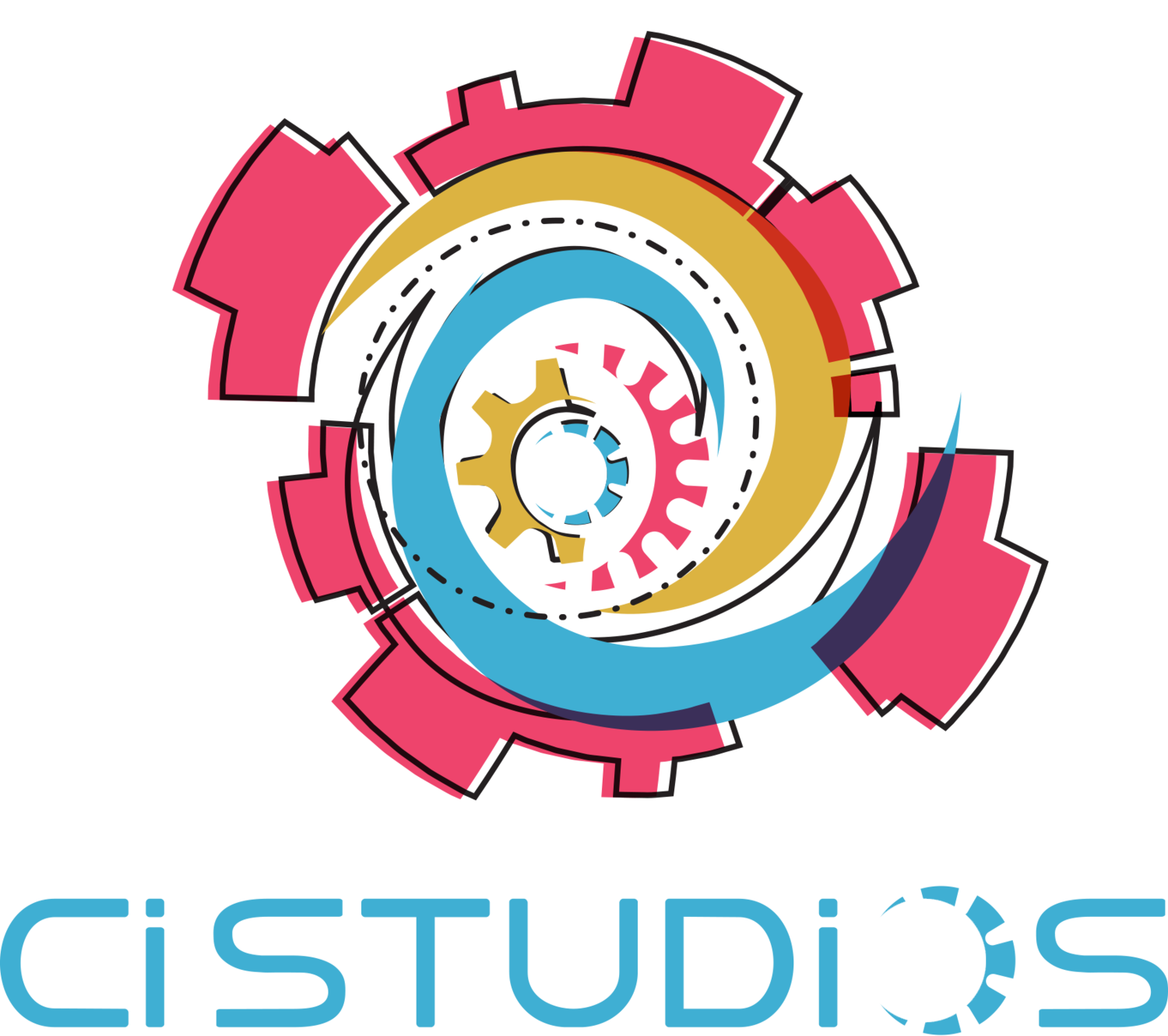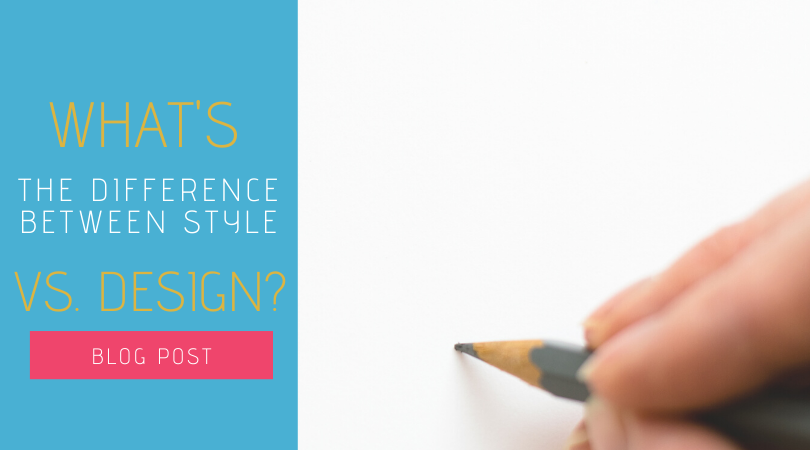Throughout the normal day-to-day activities of a working artist (lots of drawing, lots of re-drawing that same drawing), a couple of words seem to come up quite a bit: Style, and Design. They both roughly describe What Something Looks Like, so it makes sense that artists would encounter these terms on a regular basis. So, what's the difference between the two? Can something have great style, while having not-so-great design? Good question, self. Let's talk about this further.
I'm going to hand this off to Webster for a minute. "Style" (the noun) can be defined as "a manner of doing something," or "a distinctive appearance." At the same time, "Design" (also the noun) can be defined as "a plan or drawing produced to show the look and function or workings of [something] before it is built or made." So, there's already quite a bit to unpack there. Style seems to describe how something is done, whereas Design is what happens (or should happen) before something is done. Interesting. Thanks, Webster.
So, what does this mean in artistic terms? Say you want to make a drawing of a superhero, "Aardvark Man." You draw a rough sketch of an average looking chap, put him in a basic T-pose, create some Aardvark-looking head ware and accoutrements around him, and color him in shades of brown and beige. That's design. Why's this design? As artists, we need to know the blueprints to things early on, and that's what design is: A roadmap to success.
So, where does style come into play? Style is where we make things interesting. Right now we have a pretty generic looking guy with scraps of Aarvark-esque material draped over him. Not very inspiring. So, let's add some razzle-dazzle! Maybe turn his upper torso into a fun upside-down triangle, and make his head a trapezoid-y wedge shape (also fun). Have him skip leg day, and make the line strokes outlining him really thick on the convex parts and somewhat thinner on the concave parts. Make the shading be split between two or three values (no gradients!) BAM. Style.
Now, what's fun here, is that even if we hate this style, we can Re-Style him using the same design! So, still a normal-ish guy stuffed into a brown and beige flappy suit. But now he's tall and lanky, defined with scribbly, pointy lines, and has a very loose, bendy quality to all his extremities (by which I mean his arms and legs). We'll add lots of subtle, de-saturated color, and create dark inky shadows wherever appropriate. Very gloomy sort. But completely different style, even though the design is the same.
But, what if we liked the first style just fine (Captain Trapezoid-Wedge-Man) but DON'T like the design? No problem! We swap out the Aardvark cape and cowl for all sorts of powered-armor bells and whistles. So, we're talking chest plate, jet boots, big goofy shoulder pads, and a helmet that looks like an Aardvark, only one made out of legos. But wait, you say, this is totally different. And it is! At least the design is. But wait, you say again, can we still use that first style? (To recap: triangles, wedges, thick outlines). Absolutely! Only now, those style elements are describing all the different powered-armor accessories we just came up with during our redesign.
Basically, Design and Style is the different between Planning and Execution. You can get away with just Design, if things need to look more-or-less true to life, but that's usually pretty boring. Style is where the fun is truly to be had (and where things get memorable, which is important for probably 95% of you). But, design gives you your foundation: To answer the question posed at the beginning, if your character is poorly designed, that can cause you all sorts of problems later on, particularly with regards to animation. Your character can use the smoothest, most expressive line strokes possible, but if Captain Aardvark is also designed to wear a dazzling array of pouches, backpacks, three kinds of armor, and a fun umbrella hat.... Well, he's always going to look clunky and awkward, and no amount of style can save that. Unless you feel very strongly about umbrella hats.
Hope everyone is staying safe, and we'll see you next month!


